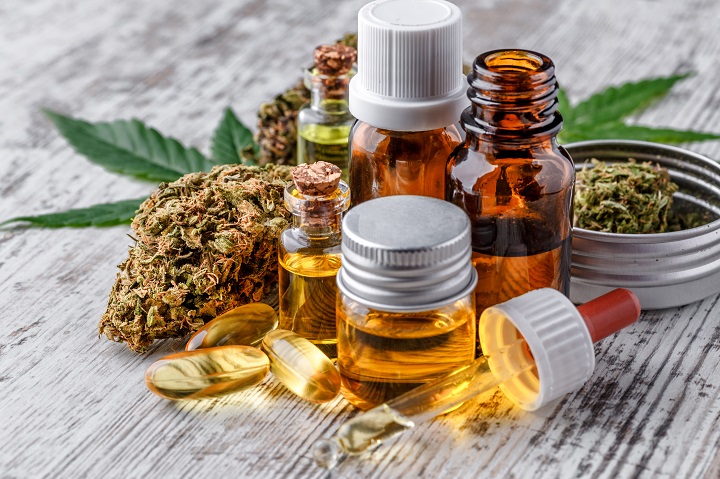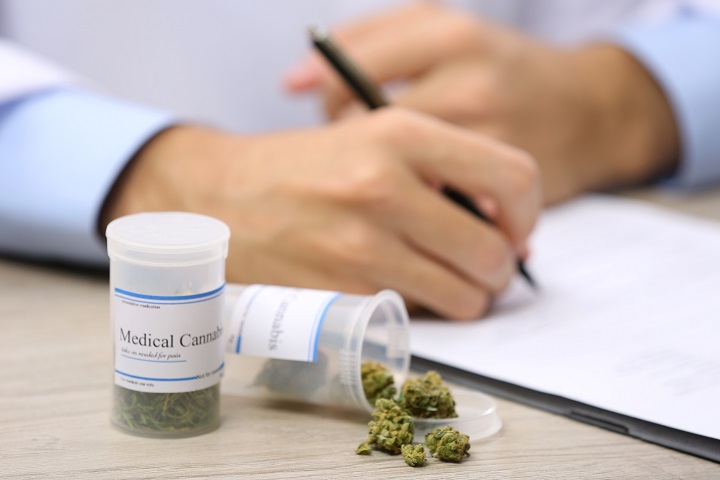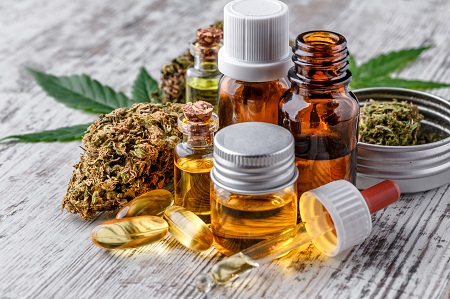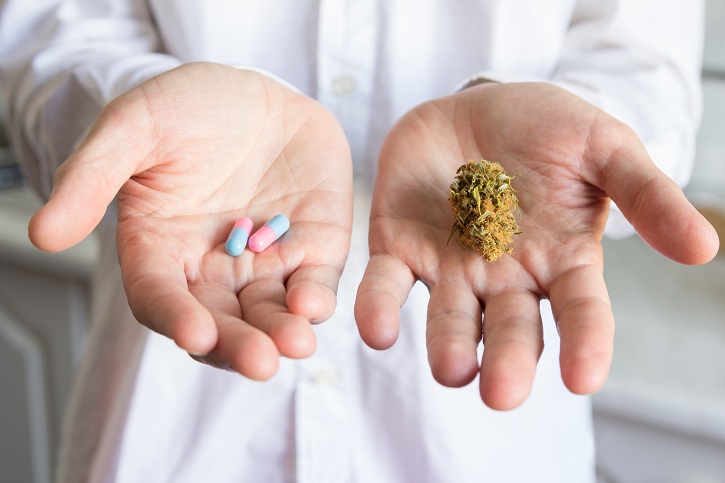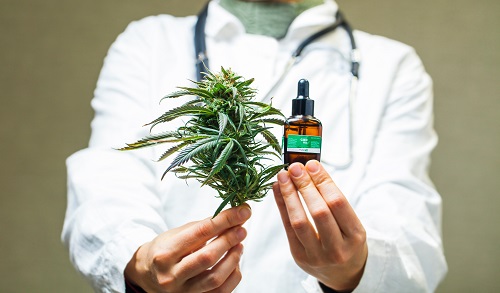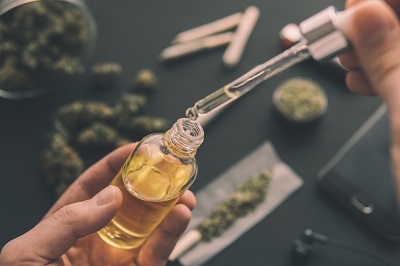How Many People Have To Vote For Recreational Marijuana In Florida To Pass It?
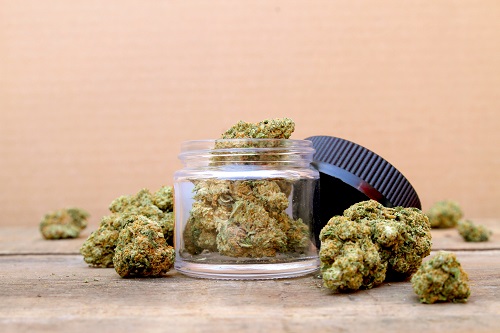 According to Florida law, a proposed constitutional amendment must receive at least 60% of the votes to be passed. This means that a significant majority of voters would have to support the legalization of recreational marijuana for it to become legal. It is expected that both proponents and opponents will heavily campaign and mobilize voters leading up to the vote in 2024, making the outcome difficult to predict. However, the recent trend of states legalizing recreational marijuana suggests that there is a strong possibility for the amendment to pass in Florida as well.
According to Florida law, a proposed constitutional amendment must receive at least 60% of the votes to be passed. This means that a significant majority of voters would have to support the legalization of recreational marijuana for it to become legal. It is expected that both proponents and opponents will heavily campaign and mobilize voters leading up to the vote in 2024, making the outcome difficult to predict. However, the recent trend of states legalizing recreational marijuana suggests that there is a strong possibility for the amendment to pass in Florida as well.
If Florida Passes The Recreational Marijuana Amendment 3, When Can I Start Buying Weed?
If the proposed amendment is passed in 2024, it would take effect on January 1st of the following year. This means that adults aged 21 and over would be able to legally purchase recreational marijuana in licensed dispensaries starting January 1, 2025. Until then, possession and use of marijuana for recreational purposes will remain illegal in Florida. It is important to note, however, that medical marijuana is currently legal in Florida for qualifying individuals with a valid prescription.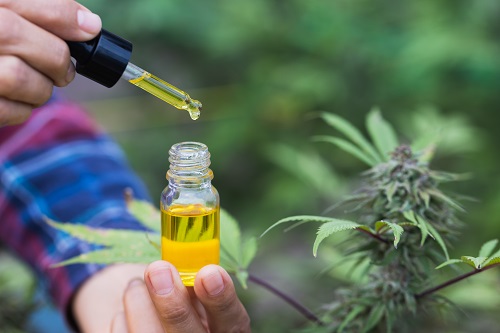 The legalization of recreational marijuana in Florida would also come with strict regulations and restrictions. These could include limits on the amount of marijuana an individual can possess at one time, restrictions on where it can be consumed, and guidelines for packaging and labeling. Individuals need to familiarize themselves with these regulations before and after the amendment’s potential passing to avoid any legal issues.
At All Natural MD, we are dedicated to providing our clients with high-quality, lab-tested, and properly labeled cannabis products. As the potential legalization of recreational use of marijuana in Florida approaches, we are committed to ensuring compliance with all regulations and standards set forth by the state. Our goal is to provide a safe and responsible way for adults to access marijuana for recreational use as well as medical use, while also promoting education and awareness about responsible consumption.
We believe that with proper regulations and responsible use, the legalization of recreational marijuana in Florida could have numerous benefits for both individuals and the state as a whole. Keep an eye out for updates on this developing topic and make sure to exercise your right to vote in 2024! Contact us today at (800) 250-6737 for more information about the recreational use of marijuana in Florida
The legalization of recreational marijuana in Florida would also come with strict regulations and restrictions. These could include limits on the amount of marijuana an individual can possess at one time, restrictions on where it can be consumed, and guidelines for packaging and labeling. Individuals need to familiarize themselves with these regulations before and after the amendment’s potential passing to avoid any legal issues.
At All Natural MD, we are dedicated to providing our clients with high-quality, lab-tested, and properly labeled cannabis products. As the potential legalization of recreational use of marijuana in Florida approaches, we are committed to ensuring compliance with all regulations and standards set forth by the state. Our goal is to provide a safe and responsible way for adults to access marijuana for recreational use as well as medical use, while also promoting education and awareness about responsible consumption.
We believe that with proper regulations and responsible use, the legalization of recreational marijuana in Florida could have numerous benefits for both individuals and the state as a whole. Keep an eye out for updates on this developing topic and make sure to exercise your right to vote in 2024! Contact us today at (800) 250-6737 for more information about the recreational use of marijuana in Florida
In recent years, the debate surrounding the use of medical marijuana versus prescription drugs has gained significant attention. While both are used for medicinal purposes, there are distinct differences between these two forms of treatment. In this article, we will explore the similarities and differences between medical marijuana and prescription drugs.
Definition: Medical Marijuana Vs Prescription Drugs
Medical marijuana refers to the use of the marijuana plant or its extracts for medicinal purposes. It contains compounds called cannabinoids, which have been found to have various medical benefits. Prescription drugs, on the other hand, are medications that can only be obtained with a prescription from a licensed healthcare provider. They are typically formulated using synthetic compounds and are regulated by government agencies such as the Food and Drug Administration (FDA)
Medical Benefits
Both medical marijuana and prescription drugs have been found to have numerous medical benefits. Medical marijuana is effective in treating chronic pain, muscle spasms, nausea, and seizures. It is also being studied for its potential uses in treating conditions such as cancer, Alzheimer’s disease, and multiple sclerosis. Prescription drugs, on the other hand, have a wide range of uses and can treat many different illnesses and conditions. They are commonly used to manage chronic conditions such as high blood pressure, diabetes, and depression.
Side Effects
Like any medication, both medical marijuana and prescription drugs can have side effects. Common side effects of medical marijuana include dry mouth, dizziness, and fatigue. **In some cases, it may also cause short-term memory loss or mood changes. Prescription drugs can also have side effects that vary depending on the specific medication. Some common side effects include nausea, constipation, headaches, and drowsiness.
Effectiveness
The effectiveness of medical marijuana versus prescription drugs **is a topic of ongoing debate. Some studies have shown that medical marijuana can be just as effective, if not more so, than prescription drugs in managing certain conditions such as chronic pain and epilepsy. However, more research is needed to fully understand the effectiveness of medical marijuana compared to prescription drugs.
Cost
The cost of medical marijuana versus prescription drugs can vary greatly depending **on factors such as location, specific medication/dosage, and insurance coverage. In general, medical marijuana can be more expensive due to the cost of production and regulation. However, for patients who do not have insurance coverage for prescription drugs or are unable to afford them, medical marijuana may be a more accessible and affordable option. This is especially true in states where medical marijuana is legal and more affordable options are available.
Legality
The legality of medical marijuana and prescription drugs also differs. While the use of medical marijuana has been legalized in many states, it is still considered illegal at the federal level in the United States. Prescription drugs, on the other hand, are legal with a valid prescription from a healthcare provider.
Conclusion
Overall, both medical marijuana and prescription drugs have their benefits and drawbacks. It is important for individuals to carefully weigh their options and consult with a healthcare provider when considering which form of treatment may be most suitable for their specific condition. As more research is conducted, we will likely continue to see advancements and changes in the use of both medical marijuana and prescription drugs in the field of medicine.
Additional Considerations
- While there are some overlapping medical benefits between medical marijuana and prescription drugs, it is important to note that they may not be interchangeable or equally effective for all individuals. Each person’s body chemistry and medical condition may respond differently to different forms of treatment.
- The use of prescription drugs often requires careful monitoring by a healthcare provider, while the use of medical marijuana may not have as strict **regulations and may not be monitored as closely. This can lead to potential risks or misuse of medical marijuana, particularly for individuals with a history of substance abuse or mental health conditions.
- In some cases, a combination of medical marijuana and prescription drugs may be used to treat certain conditions. However, it is important for healthcare providers to carefully consider potential interactions and side effects when prescribing both forms of treatment.
- The legalization and accessibility of medical marijuana may also have an impact on the pharmaceutical industry and prescription drug sales. As more states legalize medical marijuana, there may be a shift in the demand for certain prescription drugs, especially those used for pain management. Overall, it is important to continue researching and monitoring the use of both medical marijuana and prescription drugs to ensure safe and effective treatment options for patients.
At All Natural MD, we strive to provide comprehensive and individualized treatment plans for our patients, taking into consideration all available options including medical marijuana and prescription drugs. It is always important to consult with a healthcare provider before starting any new form of treatment and to carefully follow recommended guidelines for safe and effective use. We believe in the power of education and informed decision-making when it comes to managing health conditions and we are committed to providing the best care possible for our patients.
So, it is always recommended that individuals seek guidance from a licensed healthcare provider when considering medical marijuana or prescription drugs for their treatment plan. With the right approach and information, both forms of medication can be effective in improving the quality of life for individuals living with chronic conditions. Request an appointment with us today!
For decades, the therapeutic use of marijuana has been a topic of controversy and fascination in equal measure. Today, with a growing number of states and countries legalizing medical marijuana, interest in how it works within the body has intensified. At All Natural MD, we believe in the power of informed choices when it comes to health and wellness. In this blog, we’re going to unravel the science that underpins medical marijuana and offer insight into its effects on the human body.
For medical professionals and patients alike, understanding the endocannabinoid system (ECS) is key to appreciating how marijuana exerts its potential therapeutic effects.
What Is The Endocannabinoid System?
The ECS is a complex cell-signaling system identified in the early 1990s by researchers exploring THC, a well-known cannabinoid. Cannabinoids are compounds found in cannabis. Although the ECS performs different tasks in different parts of the body, its primary goal is believed to be maintaining homeostasis.
This system includes three core components:
- Endocannabinoids: These are molecules made by your body, similar to cannabinoids but produced internally.
- Receptors: These are found throughout your body. Endocannabinoids bind to them to signal that the ECS needs to take action.
- Enzymes: They break down endocannabinoids once they’ve carried out their function.
Two main receptors have been identified:
- CB1 receptors are mostly found in the central nervous system.
- CB2 receptors are mainly in your peripheral nervous system, especially immune cells.
Endocannabinoids can bind to either receptor. The resulting effects depend on where the receptor is located and which endocannabinoid it binds to.
How Do Cannabinoids Interact With The ECS?
Cannabinoids from marijuana, such as THC and CBD, mimic the activity of your body’s endocannabinoids. This is how they can interact with your endocannabinoid receptors.
THC, for example, binds with both CB1 and CB2 receptors. This binding action is what causes a range of effects from euphoria to reducing inflammation. CBD, on the other hand, does not bind directly with the CB1 and CB2 receptors. It works by influencing the body to use its own endocannabinoids more effectively.
Therapeutic Effects Of Cannabinoids
Medical marijuana is touted for its potential to provide relief from an array of symptoms including chronic pain, nausea, and inflammation. Here’s how:
- Chronic Pain Relief: Due to its chemical structure, cannabinoids can provide relief by acting on the brain’s pain centers.
- Anti-inflammatory Effects: Cannabinoids have been shown to reduce inflammation by altering the release of cytokines in immune cells.
- Nausea and Vomiting: Particularly in cancer patients undergoing chemotherapy, cannabinoids can reduce nausea and vomiting.
Compliance And Care At All Natural MD
At All Natural MD, we’re committed to patient care with a personal touch. Our mission is not only to provide medical marijuana card services to eligible Floridians but also to act as a beacon of educational support.
We understand the gravity of entrusting someone with your health and work ceaselessly to uphold a safe, welcoming environment for all our patients. By guiding you through the process with expertise and compassion, we aim to improve and restore the quality of life for each individual who walks through our doors.
If you or a loved one are considering medical marijuana as a treatment option, contact our team of experts to learn if you qualify for medical marijuana in Florida. Through our services, we are pleased to bring the benefits of one of nature’s most controversial yet beneficial plants to those in need.
Our patients have always been at the forefront of our efforts, which is why we have gone the extra mile to ensure that the process is as seamless as possible, providing support even beyond the certification.
Remember to always consult with a healthcare professional before starting any new treatment. At All Natural MD, we’re here to help you on your health and wellness journey.
Want more information? Visit one of our many clinical locations to get started with your medical marijuana treatment.
Explore our website to check the locations of marijuana dispensaries near you, get hours, sign up for great deals, and more! Contact us today for more information.

